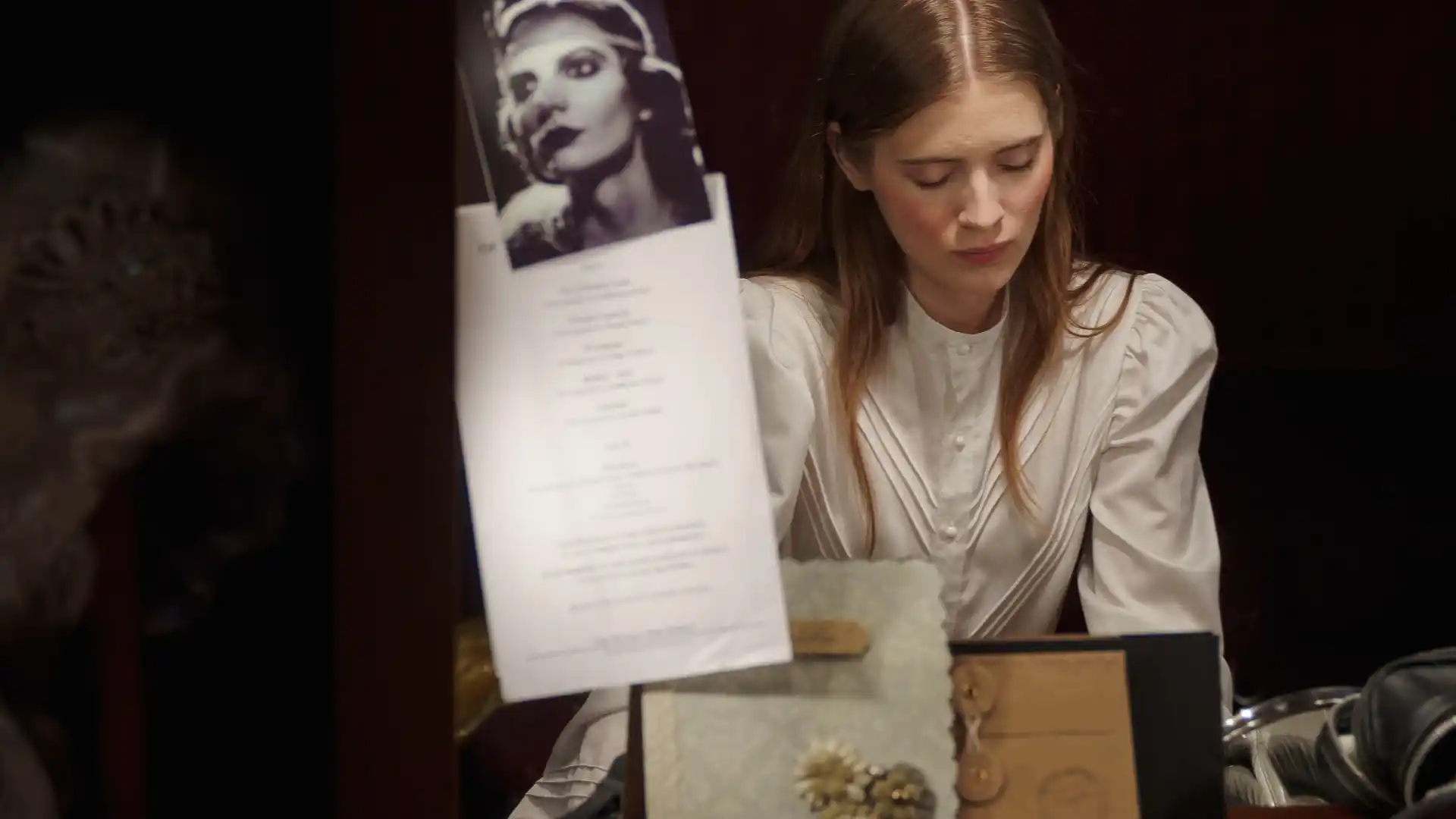The Gone with the Wind Screenplay: A Masterclass in Screenwriting
Gone with the Wind is one of the most iconic films in cinematic history. The epic tale of love, war, and survival set against the backdrop of the American Civil War has captured the hearts and minds of audiences for over 80 years. But what many people don’t know is that the screenplay for Gone with the Wind is a masterclass in screenwriting. In this article, we’ll explore what makes the Gone with the Wind screenplay so special and what aspiring screenwriters can learn from it.
The Story
The Gone with the Wind screenplay was adapted from Margaret Mitchell’s Pulitzer Prize-winning novel of the same name. The story follows the life of Scarlett O’Hara, a headstrong Southern belle who falls in love with the dashing Ashley Wilkes. But when the Civil War breaks out, Scarlett’s world is turned upside down. She must fight to survive and protect her family’s plantation, all while navigating a complicated love triangle with Ashley and the roguish Rhett Butler.
What sets the Gone with the Wind screenplay apart is its epic scope. The story spans over a decade and covers some of the most significant events in American history. But at its core, it’s a character-driven story about one woman’s journey of self-discovery.
The Characters
Scarlett O’Hara is one of the most memorable characters in cinematic history. She’s strong-willed, cunning, and fiercely independent. But she’s also flawed and vulnerable, making her relatable to audiences. Rhett Butler is the perfect foil for Scarlett. He’s charming, witty, and unapologetically confident. Their chemistry is electric, and their banter is some of the best dialogue in the film.
The supporting characters in Gone with the Wind are just as memorable. From the loyal Mammy to the tragic Melanie, each character has a distinct personality and arc. The screenplay does an excellent job of balancing the different characters’ storylines, making each one feel essential to the overall narrative.
The Dialogue
The Gone with the Wind screenplay is a prime example of how to write compelling dialogue. The characters’ conversations are witty, charming, and often full of subtext. The film’s most famous line, “Frankly, my dear, I don’t give a damn,” is a perfect example of how to deliver a memorable line that stays with audiences long after the credits roll.
But the screenplay’s dialogue isn’t just witty banter. It’s also a reflection of the characters’ personalities and motivations. Scarlett’s dialogue is often cutting and sarcastic, reflecting her independent spirit and unwillingness to conform to society’s expectations. Rhett’s dialogue is confident and suave, reflecting his devil-may-care attitude.
Lessons for Aspiring Screenwriters
So, what can aspiring screenwriters learn from the Gone with the Wind screenplay? Here are a few key takeaways:
- Epic scope doesn’t have to mean sacrificing character development. The Gone with the Wind screenplay manages to balance a sweeping historical epic with complex, relatable characters.
- Compelling dialogue is key to creating memorable characters. The film’s most famous lines are still quoted today, over 80 years later.
- Don’t be afraid to take risks with your characters. Scarlett O’Hara is a flawed, complicated protagonist, but that’s what makes her so compelling.
- Historical accuracy is essential to creating a believable world. The Gone with the Wind screenplay does an excellent job of capturing the look and feel of the American South during the Civil War.
Key Takeaways
The Gone with the Wind screenplay is a masterclass in screenwriting. It’s a sweeping epic that manages to balance complex characters and compelling dialogue with historical accuracy. Aspiring screenwriters can learn a lot from the film’s approach to storytelling and character development.
If you’re interested in pursuing a career in the film and TV industry, consider taking the NYU Film and TV Industry Essentials online course and certificate program. This program is designed to give you a comprehensive understanding of the entertainment industry and help you develop the skills you need to succeed. With courses taught by industry professionals, you’ll get an inside look at how the industry works and what it takes to make it as a filmmaker or screenwriter.








